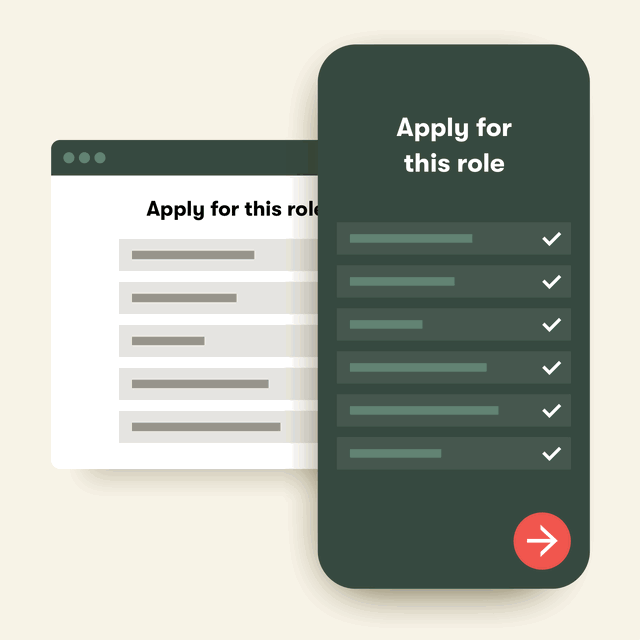Attract
Reach the right candidates, wherever they are
High-volume and specialized roles. Candidates who use LinkedIn and candidates who don’t.
Candidates in different cities, or different countries, or who speak different languages.
Pinpoint can help with that.

Take control of your recruitment today
Attract, hire, and retain top talent. Pinpoint is the end-to-end talent acquisition software with unlimited support included.






